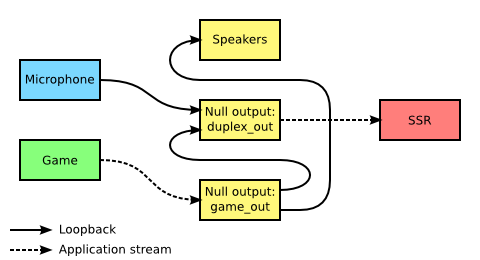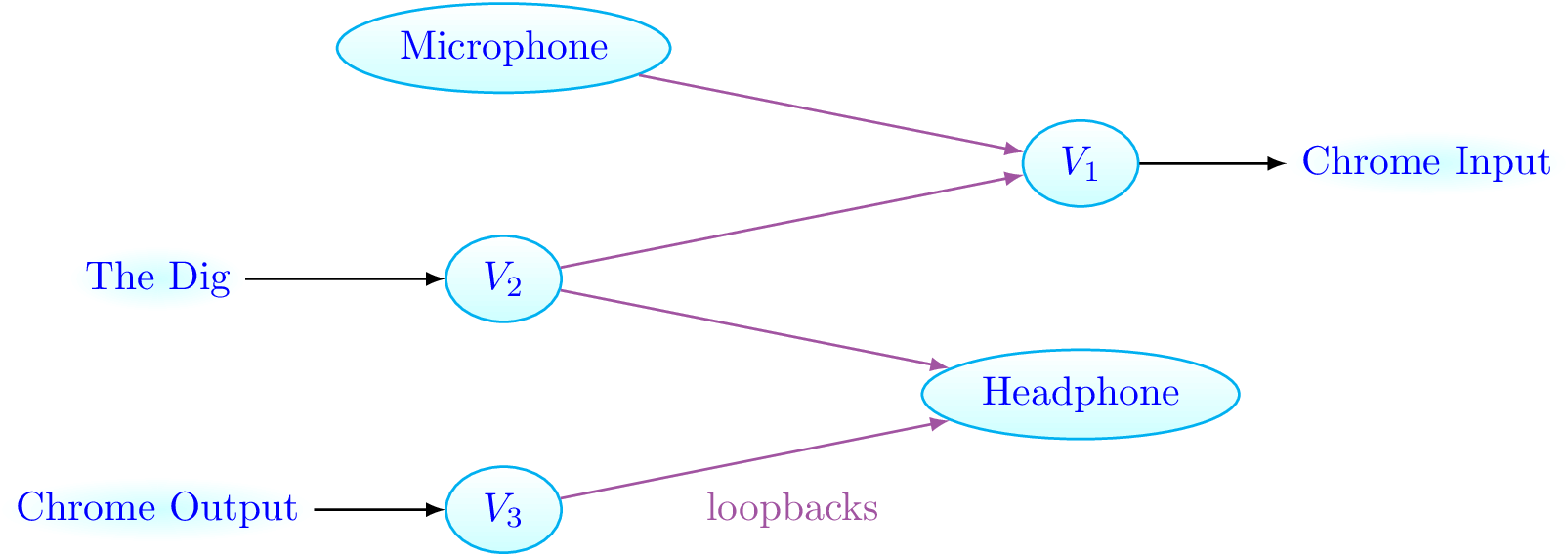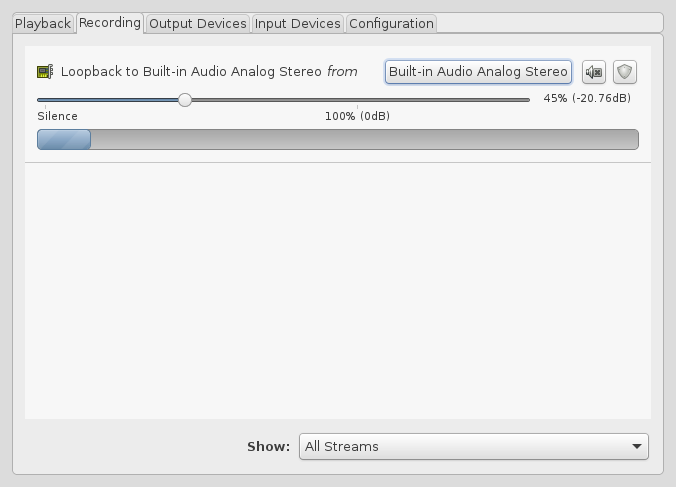

Because of a yet unknown reason at some point in the audio chain the Stereo gets converted to Multi Channel Stereo which is something I don’t want. The only issue that’s left with this is that the SteamLink must be configured to be Stereo before connecting. Either way the SteamLink performs great with Renoise that way. But currently I don’t have a better solution. This might also be a very complicated way in your eyes. I’ve then connected Renoise’s output to the PulseAudio JACK Source and used pavucontrol to connect this Jack Source to the Steam Recording Stream which then gets redirected to the SteamLink. But it seems important that Cadence, Jack and the PulseAudio Bridge needs to be started before the SteamLink connects. But as it seems even with Jack as main server it still works when configured correctly. So I thought having Pulseaudio be the main sound server might solve it. The problem with Steam is that the linux version is only compatible with Pulseaudio.
#Pulseaudio loopback tv#
So I decided to use the SteamLink for my living room to recheck it on my TV and 5.1 system as this allows me to use Renoise with big speakers even without a direct connection to a PC.
#Pulseaudio loopback Pc#
As I mostly use headphones on my PC the hearing experience might vary and I’ve discovered that most of my songs are really bass heavy when listened to on big speakers.

I’ve decided to test the mixing of my latest song on multiple stereos for additional checking. My original grief from yesterday didn’t came only from the problems with Discord but also with the SteamLink. But it seems I’ve maybe forgotten something that cadence now does. To load the pulseaudio modules for the jack sink and source. I did write my own bash script for this purpose. Cadence is much easier and does everything. It is possible to have it seamless with qjackctl but you need to use a script. I’m not bothered or angry, just curious about what your issues were. And as I couldn’t find anything related to module-loopback I decided to join the board and share this.

But I believe that someone around here might look for a solution. But this solution doesn’t work for me as alsaloop tends to crash every minute or so. Of course latency can not be guaranteed any more.Ī very similar approach somewhere here already presented is the Alsa loopback device. With this Jack is not your main sound server but only a communication handler between Pulseaudio and Renoise. The pulseaudio environment gets not destroyed with this and programs like Discord don’t get confused. Pactl load-module module-loopback source=jack_in sink=alsa_b-Burr-Brown_from_TI_USB_Audio_DAC-00.analog-stereo channels=2 Then do the following but replace the sink with your card. Jack is started using the dummy device so it doesn’t affect the physical audio devices. I’ve found this website where a way is presented I haven’t yet thought of: What if I just want to embed Jack into the pulseaudio environment instead the usual other way around? But what if I don’t need the latency in the current phase of your project.

People would like to use Jack as main sound server because of latency. YouTube videos can be watched and most application work that way.Īn exception is Discord which seems to not harmonize pretty well. Pulseaudio applications now need to be rerouted to the Jack sink to reach the actual sound card. The result of this is that Jack owns the ALSA card while pulseaudio is a node to connect inside jack. The most common solution presented around here is to load the module-jack-sink into pulseaudio. Here are my thoughts on this because this is an approach to solve it which was not yet listed on this forum. It seems lot’s - I mean LOOOOTS - of people are having issues with Pulseaudio vs Jack. I’m quite new to Renoise and joined recently.


 0 kommentar(er)
0 kommentar(er)
